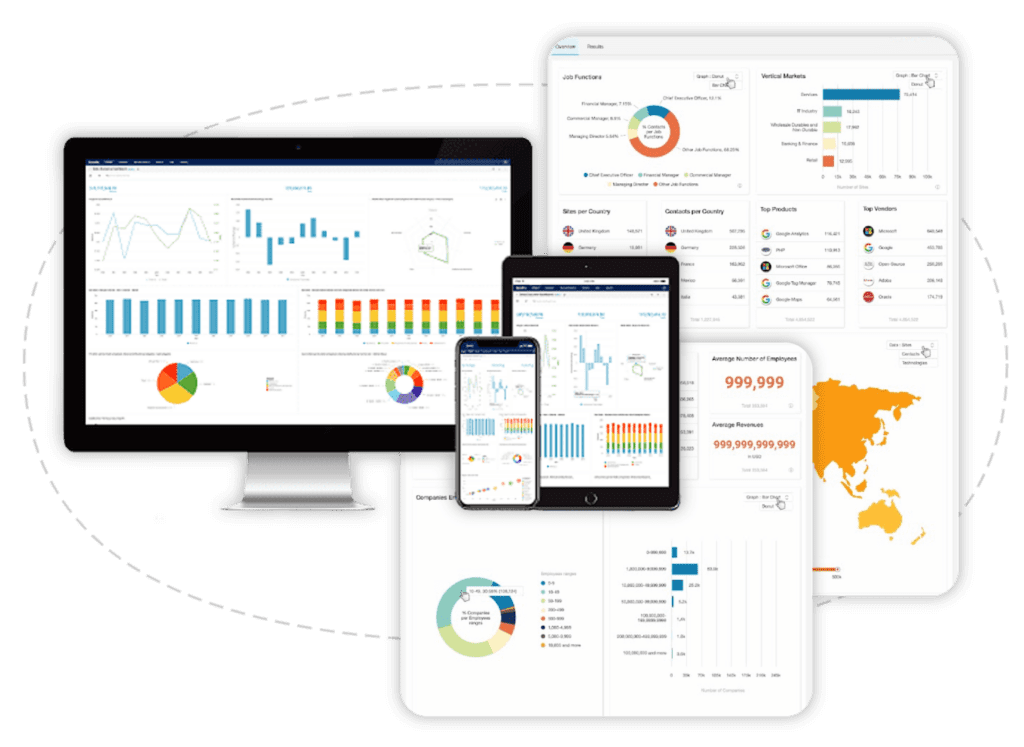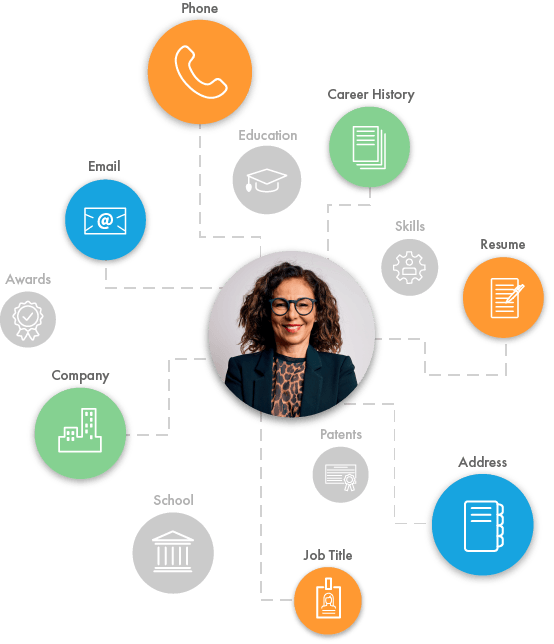A speaker or usually called as an audio speaker as well as is a device that can transform electrical the power waves into a mechanical energy kind of waves or what we call audible noises. The noise is generated with the vibration of a particular things.
This vibration generally will establish a series of waves or surges just like what can be saw when a rock will be tossed towards a fish pond. The Audio speakers typically reproduce the sound waves or referred to as sound at different frequencies. The frequency is known as the price at when the particles discovered airborne will shake. The sound that we normally hear is from an approximated of 20 hertz to around 20,000 Hz or other term is 20 kilohertz (kHz). The Audio speakers are most likely used in all methods of interactions and also even equipment of home entertainment such as tv and also radio receivers, telephone answering machines, tape recorders, stereo home type of home entertainment systems and child displays.
The usual concept of a speaker which is dynamic has transformed fairly given that it is patented by a person called Ernst Siemens in the year 1874. Ernst defined his popular invention as a method for acquiring motion of an electrical coil utilizing electric currents that are moved throughout it. The one-of-a-kind intent of his development is to be able to move a certain telegraph arm. The well-known Alexander Graham Bell has actually applied the basic concepts of Siemens device to his telephone 2 years later on. The well-known Thomas Edison was provided credit rating with creating the well-known loudspeaker as it is understood presently. It has a flexible cone type diaphragm which is connected towards the throat of a horn that is acoustical kind.This vibration usually will set up a series of waves or ripples much like what can be saw when a stone will be thrown towards a pond. The Speakers usually reproduce the sound waves or known as audio at different frequencies. The frequency is known as the rate at when the particles found in the air will vibrate. The sound that we usually hear is from an estimated of 20 hertz to around 20,000 Hz or other term is 20 kilohertz (kHz). The Speakers are likely used in all methods of communications and even equipment of entertainment such as television and radio receivers, telephone answering machines, tape recorders, stereo home type of entertainment systems and baby monitors. mp3ringtonesdownload have best quality for mp3 music or ringtones,so you can use it to check sound quality of speaker
The cones of the very early loudspeakers have actually made use of different products such as metal thin sheets, paper as well as leather. The Paper was as well as presently utilized in the creatingof audio speaker cones because of the factr that it is affordable as well as offered most of the time.
Raw Materials
The vibrant speaker did not change in years. The framework is generally from aluminum or stamped iron. The permanent sort of magnet is a ferrite ceramic material that includes iron oxide, a ceramic binder and also strontium.
The cone, normally surrounds it, as well as crawler is constructed from cured type of paper product covered with a glue sort of glue. A voice coil has of a bobbin made from plastic with good quality scale copper cord insulated as well as wound around it.Download songs or ringtone at mp3ringtonesdownload.net to see how good of your speaker
There are four major sorts of audio speakers: full-range, tweeter, midrange, as well as woofer. The full-range audio speaker can duplicate a lot of the audio sound range. Nevertheless, a solitary audio speaker can not properly reproduce the entire audio frequency variety of our ear. Consequently, other speakers were developed to get over the specific limitations of the full-range audio speaker.
Style
The really typical speaker is referred to as the dynamic speaker. It has a frame, soft iron core, irreversible magnet, voice coil, as well as a cone. The frame generally offers support to the cone and also the permanent magnet assembly. Usually, the voice coil has a shielded sort of cable wound found around a bobbin made from plastic.
The wires found from the coil generally are connected to the audio amplifier. If an electrical sound will signify from the amplifier, they are used towards the voice coil, after that, an electro-magnetic type of field is created around its voice coil.
This will certainly create the coil to have a movement of to and fro. Which the iron core that is soft which help or frequently negates the magnetic field created by the magnet. The movement of a voice coil will trigger the cone to create as well as vibrate audio.
There are usally 4 major type of speakers: the full-range, midrange, woofer as well as tweeter.
The full-range kind of audio speaker can recreate bulk of the spectrum audio sound. Yet solitary speaker is unable tp replicate accurately the entire frequency array sound of the ear. By this, the other audio speakers were created with the objective to pass the constraints of its very own full-range speaker.Test sound on mp3 ringtone before buying
The permanent magnet is made by mixing the iron oxide together with the strontium and then proceed with crushing the substance into a top quality and fine power. The power will certainly be combined with a binder of ceramic and after that enclosed in a metal die. The die will after that be put in a heater and to be sintered in order to bond the mixture entirely.


